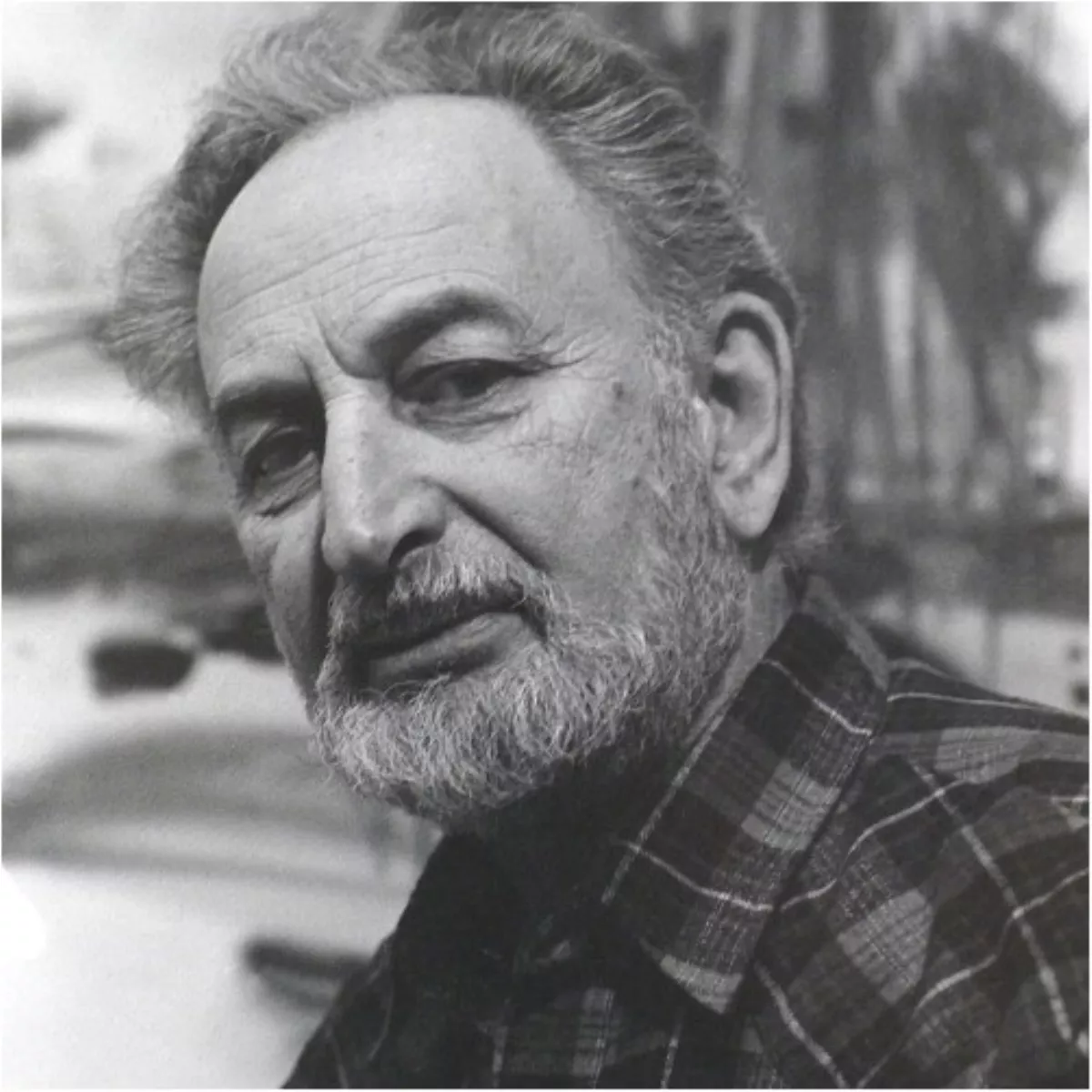 1.
1. Hugh Mesibov was an American abstract expressionist artist who began his career as a federal artist for the Works Progress Administration during the Great Depression and later became a member of the 10th Street galleries and part of the New York School during the 1940s-60s.